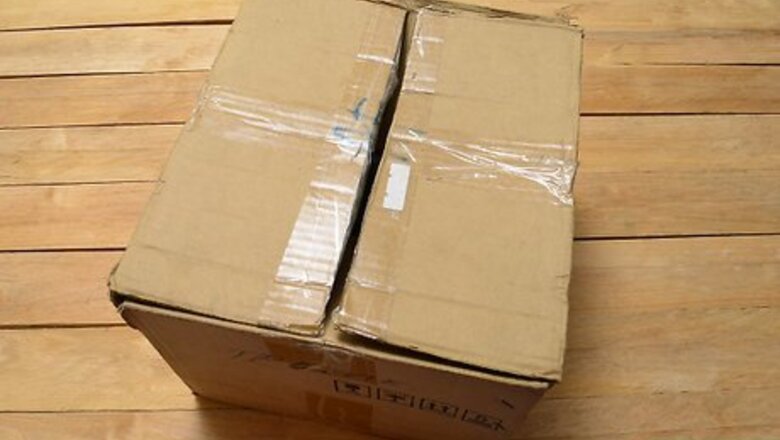
views
Steps

Choose a box. The box will need to be big enough for your item to fit into with a generous gap all the way around. Use a new box, as second hand boxes may result in damage to your item, due to the box being weakened during use. Cardboard boxes come in two main types, single or double walled. Boxes of 30 centimeter (11.8 in) squared or greater should be doubled walled, also boxes taking items heavier than 5kg should also be doubled walled.

Wrap your item in a protective material (such as bubble wrap) and place into the box with packing material (such as loose fill) all the way around so as to stop your item from moving around in the box.
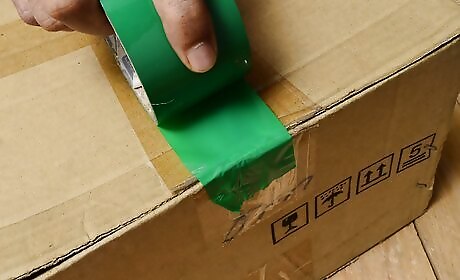
Close up the box and seal along any edges by high quality tape. If at this point you feel that your item may sustain damage during its transit, you may wish to double box your item. Double boxing is the process of placing your box into a larger box separated by packing material (such as loose fill) between the two boxes. The larger box is then closed up and sealed including edges by high quality tape.
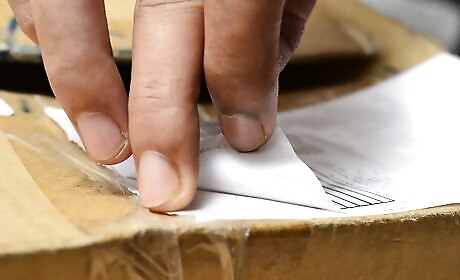
If you have used a second hand box you will need to ensure that any old delivery labels or address details are removed before sending.
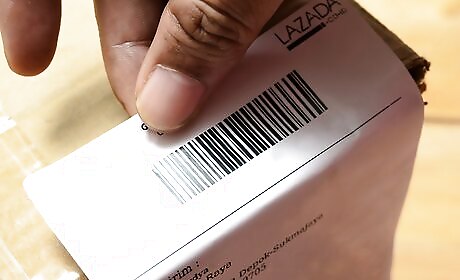
Address your parcel depending on the requirements of the carrier company you have chosen. Some of the carrier companies require you to print and attached bar coded label whereas others will require you to address the parcel for them to then attach a bar code. In either case, it is best that you place at least two copies of the bar coded label or delivery address on your parcel.
The Journey of the Parcel
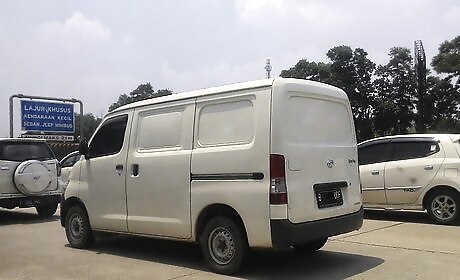
The first thing to remember when packing a parcel is the journey that the parcel will take. If you are sending your parcel via a standard courier (Parcelforce or DHL), the parcel will be sent through their network of hubs and depots and will not be picked up and taken directly to its destination.
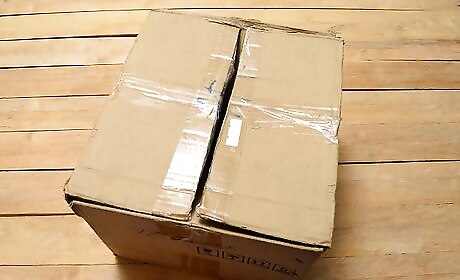
A standard courier network is similar to the baggage handling set up at an airport.

Once your parcel has been collected by the driver, it will be taken to the depot, where it will be unloaded on to a conveyor.
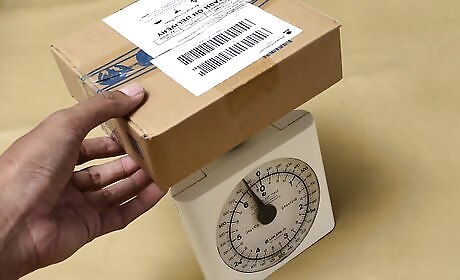
At this point, it will normally be weighed, measured and its address bar code will be scanned. It will then be mechanically sorted. The parcel will be loaded on to an articulated lorry and then be delivered to the relevant hub.

Once at the hub, the parcel will be again be loaded on to a conveyor and mechanically sorted and loaded on to another articulated lorry to be delivered to the local delivery depot.
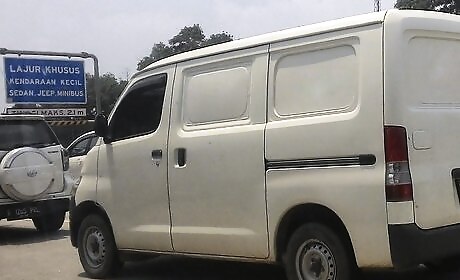
Again, the parcel will be loaded on to a conveyor and mechanically sorted then loaded on to the courier van and is now ready for delivery.

If your parcel is unable to withstand being turned over or dropped from the height of 90 centimeter (35.4 in) without sustaining any damage then you probably shouldn't send it using a Parcel Courier, but have it sent using a direct driver who will collect and take your parcel directly to the delivery address.

Another thing to take into account is the destination of your parcel, as a parcel transported by air services will need to allow for expansion of any bubble products such as bubble wrap or air pockets.


















Comments
0 comment